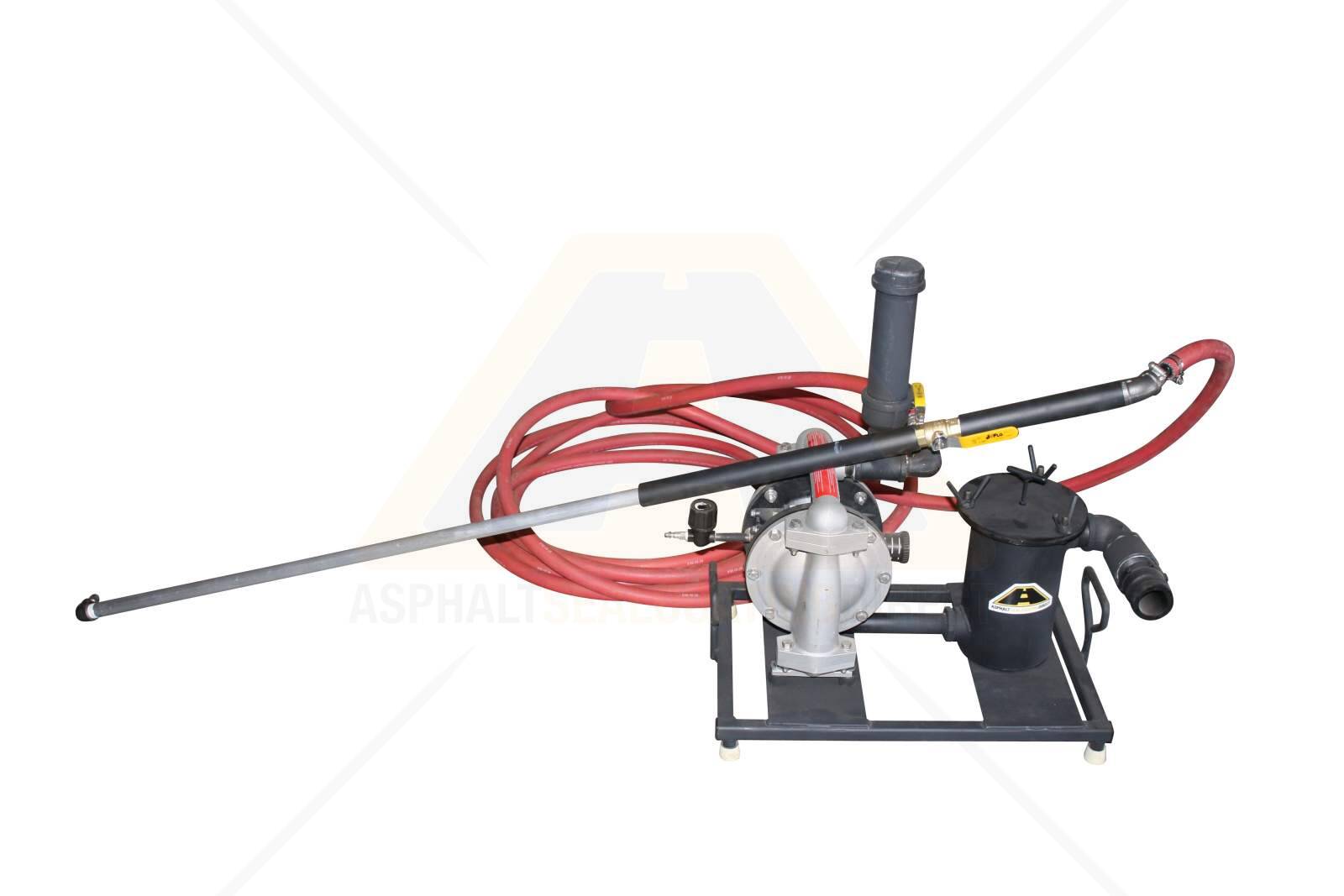Revitalize Your Residential Property with Regrading and Asphalt Sealing Strategies
Revitalize Your Residential Property with Regrading and Asphalt Sealing Strategies
Blog Article
Hot Mix Asphalt: A Sustainable Service for Pavement
Warm Mix Asphalt (HMA) has actually emerged as a leading lasting choice for sidewalk options, providing a myriad of ecological benefits and innovative technologies. As the demand for environment-friendly construction techniques grows, checking out the subtleties of HMA's sustainability can give important understandings into the future of sidewalk remedies.
Environmental Advantages of Hot Mix Asphalt

Moreover, Warm Mix Asphalt assists to alleviate urban heat island effects. Its dark shade takes in sunshine, minimizing the amount of warmth showed back into the atmosphere contrasted to lighter-colored sidewalks. This can decrease ambient temperature levels in urban areas, decreasing the need for a/c and inevitably lowering energy consumption.
Additionally, Warm Mix Asphalt contributes to improved stormwater administration. Its permeable nature enables water to recharge and infiltrate the sidewalk groundwater materials, reducing overflow and the risk of flooding. These environmental advantages make Warm Mix Asphalt a lasting selection for leading highways and roadways.
Power Performance in HMA Manufacturing
Is power performance a critical consider the production of Hot Mix Asphalt (HMA)? Absolutely. Energy plays a significant function in the manufacturing of HMA, affecting both cost and ecological sustainability. One key facet of energy performance in HMA manufacturing is making use of cozy mix asphalt (WMA) modern technologies (commercial parking lot paving). WMA allows for the blending and positioning of asphalt at lower temperature levels contrasted to typical warm mix asphalt, resulting in reduced power usage during production. This process not only lowers gas usage but also lowers greenhouse gas emissions, making it an extra eco friendly option.
Furthermore, innovations in plant innovations have brought about more energy-efficient HMA production procedures. Modern plants are developed with features like recycled asphalt pavement (RAP) handling abilities, efficient heater systems, and improved insulation, all adding to energy financial savings. By enhancing energy use in HMA manufacturing, the market can lower its carbon footprint while maintaining high-grade pavement products. Energy efficiency is, therefore, a critical consideration in making certain the sustainability of Hot Mix Asphalt manufacturing.
Recyclability of Warm Mix Asphalt
The recyclability of Hot Mix Asphalt (HMA) is a crucial aspect of its sustainability and long-lasting ecological influence. HMA is one of one of the most recycled materials in the USA, with over 100 million tons of reclaimed asphalt pavement (RAP) being recycled each year in brand-new pavement building. Reusing HMA provides a number of ecological benefits, such as decreasing the requirement for virgin products, decreasing energy usage during production, and reducing the quantity of waste sent to garbage dumps.
The procedure of reusing HMA entails grating the existing pavement, squashing it right into smaller pieces, and mixing it with new aggregate and asphalt binder to develop a recycled mix. On the whole, the recyclability of HMA plays a substantial function in promoting lasting methods within the pavement sector.

Long-Term Performance of HMA
Asphalt pavements show sturdiness and durability over an extensive duration, showing the lasting efficiency of Hot Mix Asphalt (HMA) The longevity of HMA can be attributed to its ability to withstand rush hour tons, extreme weather, and the impacts of aging. Research studies have revealed that properly designed and effectively created HMA sidewalks can last for twenty years or more with normal upkeep. The key to taking full advantage click this link of the long-lasting performance of HMA depends on utilizing top notch products, adhering to ideal methods in building and construction, and implementing effective upkeep approaches. Appropriate drain, routine assessments, and timely repairs are essential for maintaining the structural stability of HMA pavements in time. In addition, improvements in HMA innovation, such as using polymer-modified binders and cozy mix asphalt, have actually even more enhanced the longevity and durability of HMA pavements. By focusing on quality construction and upkeep methods, HMA proceeds to verify itself as a affordable and lasting option for long-lasting sidewalk infrastructure.

HMA: Longevity and Sustainability
Demonstrating both longevity and sustainability, Warm Mix Asphalt (HMA) has actually come to be a foundation in the construction of durable sidewalk infrastructures - commercial parking lot paving. HMA's sturdiness stems from its capability to withstand hefty tons, harsh weather, and high web traffic quantities, making it a reputable choice for highways, highways, and flight terminal paths. The composition of HMA, which commonly includes aggregates, binder, and filler, plays an essential function in enhancing its durability and resistance to tear and wear
Furthermore, HMA's sustainability depends on its recyclability and energy-efficient production procedure. The ability to reuse recovered asphalt sidewalk (RAP) in brand-new HMA mixes lowers the demand for virgin materials and lessens the ecological impact of pavement building and maintenance. Additionally, the energy efficiency of producing HMA lies in its lower blending temperatures contrasted to various other sidewalk materials, resulting in minimized energy usage and greenhouse gas exhausts.
Verdict
In conclusion, hot mix asphalt (HMA) offers a lasting option for pavement with its environmentally pleasant qualities. HMA's recyclability, energy efficiency in manufacturing, and long-lasting resilience make it an environmentally friendly choice for road building.
HMA is one of the most recycled materials in the United States, with over 100 million tons of recovered asphalt pavement (RAP) being recycled yearly in brand-new pavement construction.The procedure of check this site out recycling HMA entails milling the existing sidewalk, crushing it right into smaller items, and mixing it with brand-new aggregate and asphalt binder to produce a recycled mix.Asphalt sidewalks show toughness and resilience over an other extensive period, mirroring the long-term efficiency of Warm Mix Asphalt (HMA) Additionally, innovations in HMA innovation, such as the usage of polymer-modified binders and warm mix asphalt, have actually further boosted the resilience and durability of HMA sidewalks. The ability to reuse recovered asphalt sidewalk (RAP) in new HMA blends reduces the demand for virgin products and minimizes the environmental effect of pavement building and construction and maintenance.
Report this page